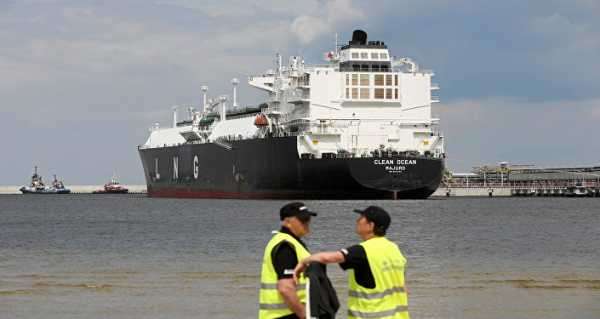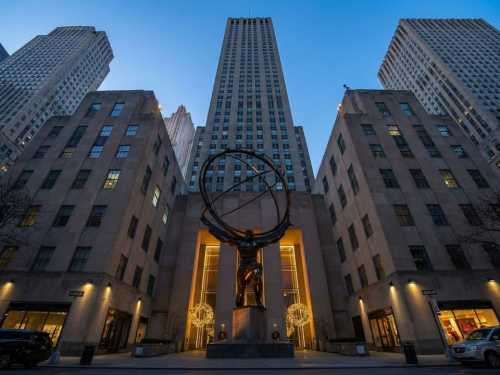
Washington slapped sanctions on the Russian-European energy project in December 2019, and US lawmakers recently promised to introduce more restrictions. Berlin warned their US allies that Nord Stream 2 would be completed, sanctions or not, but has since considered abandoning it over the alleged poisoning of Russian opposition figure Alexei Navalny.
The US effort to torpedo the Nord Stream 2 gas pipeline project was never aimed solely at increasing Europe’s dependence on American liquefied natural gas, State Department spokeswoman Morgan Ortagus has said.
Earlier this week, German media reported that Berlin had offered to invest up to 1 billion euros ($1.2 billion) in terminals for the import of US LNG in a bid to prevent Washington from slapping more restrictions on the companies working on Nord Stream 2.
Also on Thursday, the European Parliament adopted a resolution in support of new sanctions against Russia in connection with the alleged poisoning of Russian opposition figure Alexei Navalny.
Russian Foreign Ministry spokeswoman Maria Zakharova commented on the escalating diplomatic row, accusing some Western countries of using the situation to worsen Russian-European relations and asking Brussels to stop preemptively apportioning blame in the Navalny case.
Vladimir Chizhov, Russia’s permanent representative to the EU, responded to Thursday’s vote in Brussels by emphasising that Nord Stream 2 would be completed despite opposition from some EU countries and the United States.
Moscow has repeatedly accused Washington of seeking to stop the Nord Stream 2 gas project in a bid to get more market share for its own, more expensive tanker-delivered LNG supplies.

The Russian pipe-laying ship ‘Akademik Tscherski’ which is on deployment for the further construction of the Nord Stream 2 Baltic Sea pipeline is moored at the port of Mukran on the island of Ruegen, Germany, Tuesday, Sept. 8, 2020
Embattled Pipeline Project
Nord Stream 2 is a 1,230 km, $10.5 billion pipeline project between Russia’s Gazprom and several major Western European energy companies. When completed, the pipeline will double the 55 billion cubic meters of gas per year capacity of the existing Nord Stream network, and turn Germany into a major energy hub for energy deliveries further west and south.
The German government, the project’s main proponent on the European side, has consistently defended Nord Stream 2 against US pressure, emphasising that it is strictly an economic project not related to any tensions between Russia and the West. Earlier this month, less than a day before the Bundeswehr released lab results claiming that Navalny was poisoned by a ‘Novichok-type nerve agent’, Chancellor Angela Merkel reiterated to US senators planning new restrictions against the project that Nord Stream 2 would be completed regardless of any new restrictions. Since then however, German Foreign Minister Heiko Maas has said Berlin could not rule out ‘freezing’ Nord Stream 2 in connection with the Navalny case.
The US slapped sanctions on the Swiss contractor building Nord Stream 2 in December 2019, with just 160 km of the pipeline left to build. Russia has since vowed to complete the project. On Thursday, the Ivan Sidorenko, a Gazprom-owned offshore supply ship which can be used for the pipeline’s construction, arrived in the German port of Mukran, joining the Akademik Cherskiy pipelaying ship already stationed there.
Sourse: sputniknews.com






